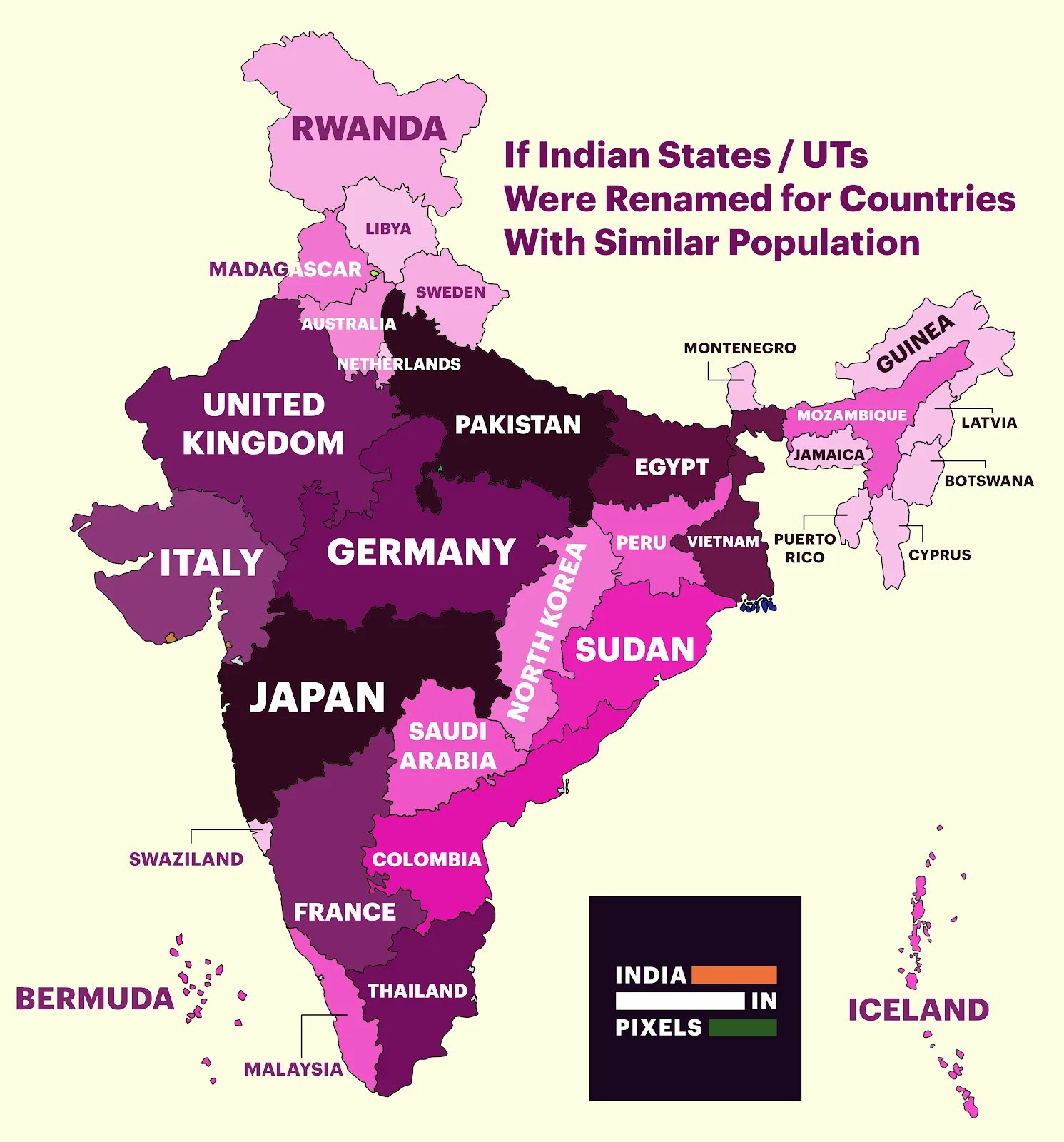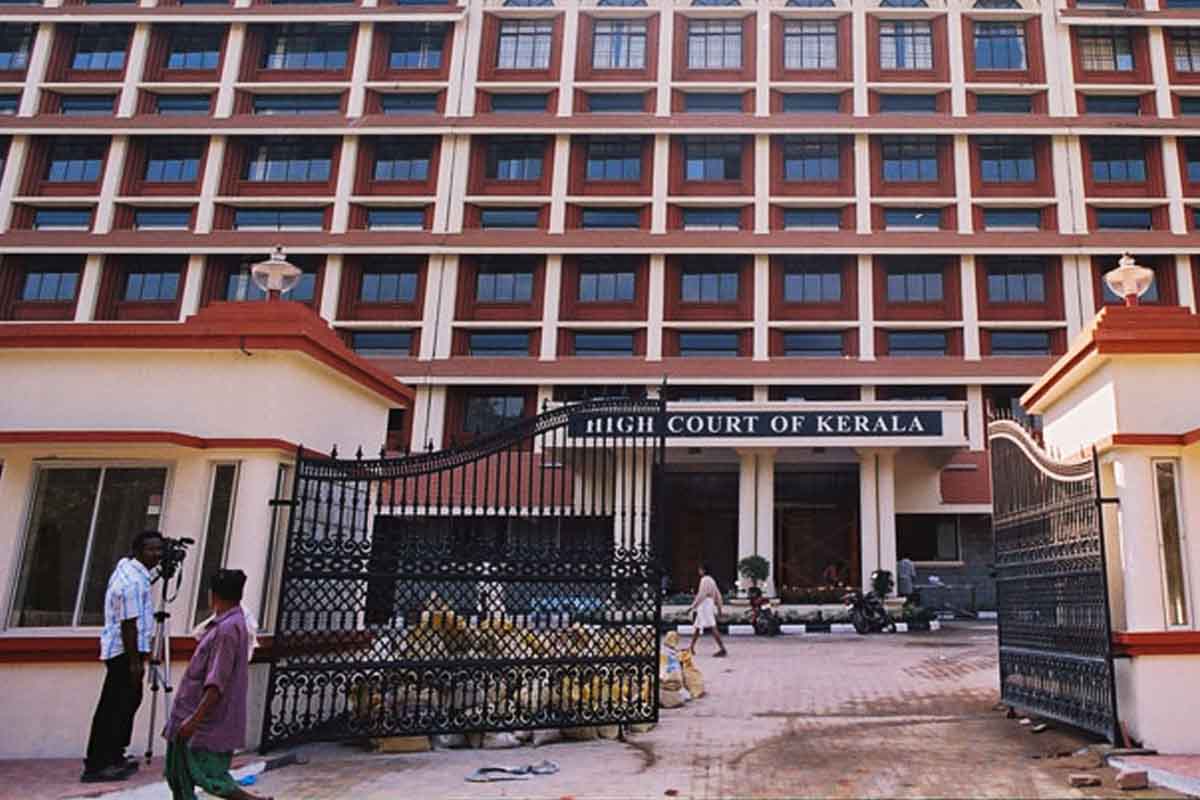- 5 Posts
- 18 Comments
Cool!
This is probably not the place to say this, but every time I click on saved messages of any user, I see my saved posts and comments instead. Is this a bug in lemmy? I couldn’t find any issues on github related to this.

 31·3 years ago
31·3 years agoDidn’t think about that before

 41·3 years ago
41·3 years agoHow can tools like these help Ukrainians to stay connected and coordinate?
There is Jami which works peer to peer, and SSB which is a gossip protocol.
Especially when there is no internet connection
But if there is no internet connection, I don’t know how you can install them in the first place.
If you have an internet connection at the moment and a couple of laptops nearby with GNU+Linux (I know this situation is rare when a war is going on), you could use something like naxalnet (disclaimer: I made it) or read the awesome mesh for starting a mesh network.
Also, if you use a phone, see the Guardian Project’s website which might help you.
Basically, your chances of connecting with people in such a situation is very low, since only privileged people own multiple laptops or phones, and most privileged people might have left the country before or when the war started (correct me if I am wrong, I don’t know much about the situation)

 41·3 years ago
41·3 years agoFor this, gossip protocols like Briar are good.
There is also Secure Scuttlebutt, a protocol supported by quite a few apps on many platforms.
Jami is available for ios, but I think it uses more bandwidth than jitsi because of end to end encryption
Please read the rules. If an option exists, just upvote it, and post your comment as a reply to the option
My advice in the above post is partially the reason this post had to be created 😅
sudo update-initramfsDon’t delete any kernels (vmlinuz-*) or initrd images (initrd.img-*), just to ensure nothing bad happens again. And, after updating the initramfs, run
sudo update-grub. If you can boot into a livecd, could you post a screenshot of everything in /boot like you did in the original post?
That’s not what will happen. Note the version number in my reply. Ubuntu based distros won’t remove old kernels after updating to newer kernels. This is probably what’s taking space in your /boot partition.
In the screenshot you posted, there are 5 kernels:
- vmlinuz-5.11.0-40-generic
- vmlinuz-5.11.0-41-generic
- vmlinuz-5.11.0-43-generic
- vmlinuz-5.11.0-44-generic
- vmlinuz-5.11.0-46-generic
But there are only three initramfs images:
- initrd.img-5.11.0-40-generic
- initrd.img-5.11.0-41-generic
- initrd.img-5.11.0-43-generic
It is likely that your boot partition doesn’t have enough space to store the initramfs image for booting kernels 5.11.0-44 and 5.11.0-46. To make enough space, you can remove the old kernels. According to your
uname -aoutput, you are currently running kernel 5.11.0-43. And I assume you have no problem with the current kernel. If that is the case, there is no need for kernel 5.11.0-40 and 5.11.0-41.So, you can remove the two kernels. Old kernels are probably not removed by default so that you can boot to the previous kernel if the latest kernel has issues. After doing so, reboot to ensure nothing has gone wrong. Now, try
sudo apt upgradeagain, which should hopefully install the latest kernel and generate its initrd file. Reboot to the newly installed kernel and trysudo apt autoremoveto remove any remaining pacakges as @kromonos@fapsi.be suggested
sudo apt remove linux-image-5.11.0-40-genericI don’t use a debian based distro now, so you should probably wait until someone else says doing this is safe
This means you run version
5.11.0-43-genericTry removing
linux-image-5.11.0-40-generic, which is the oldest version in your screenshot

 2·3 years ago
2·3 years agoNice game without too much controls! But the game website www.libre-trainsim.de redirects to some google signin page











deleted by creator